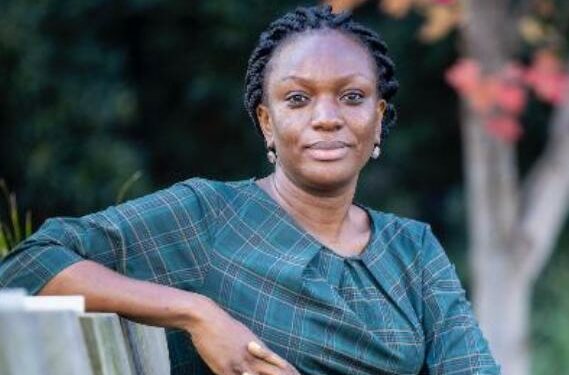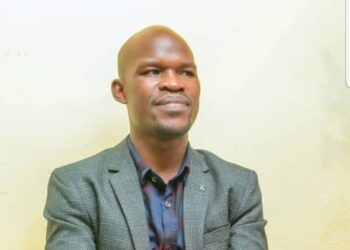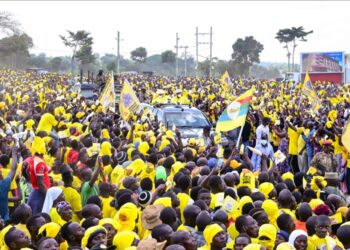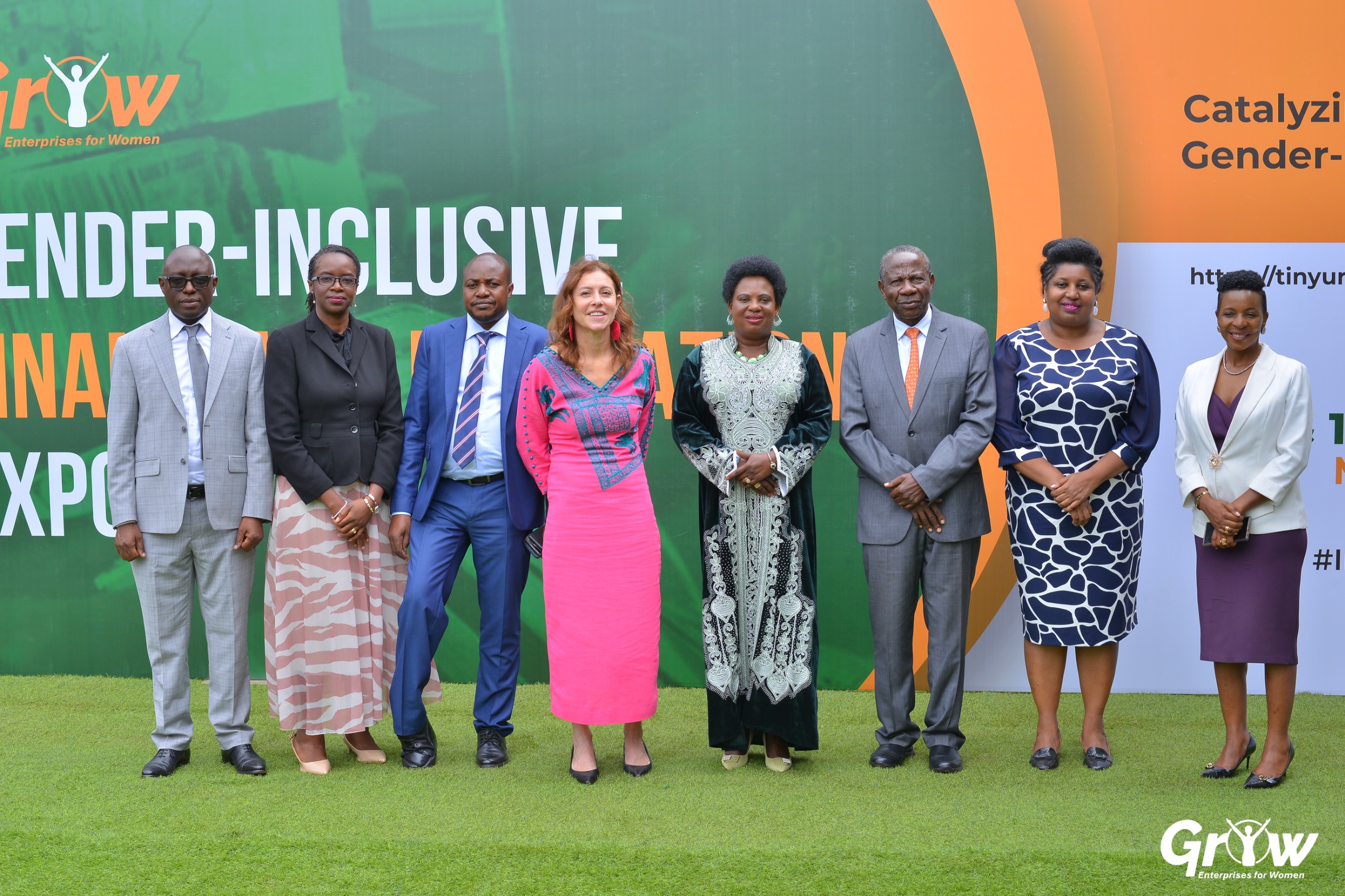By Irene Naikaali Ssentongo
When His Excellency the President launched the Parish Development Model (PDM) in 2022, The Hunger Project Uganda was not only excited—it was ready. The model’s core pillars closely mirrored our own proven approach to ending hunger and poverty: household-level leadership, empowerment, and mindset transformation.
Since 1999, The Hunger Project Uganda has worked with communities to create sustainable, grassroots solutions to poverty and hunger. We are proud that some of our best practices are now being used to reinforce and scale government efforts through the PDM.
Next week, the Global Board of The Hunger Project will visit Uganda to witness this unique partnership between non-state actors and government in action. They will focus on how collaborative models like ours are sustaining progress on wealth creation, ending poverty, and promoting food security.
Their visit will include Northern Uganda, a region still recovering from the scars of conflict. In Nwoya District, we already operate an Epicenter, and a new one is underway in Amuru District, Lakang Subcounty. These Epicenters complement the PDM by providing integrated, community-owned spaces where transformation happens.
Each Epicenter is designed as a one-stop hub, housing a Health Center III, an early childhood learning center, a village bank, food stores, and a community hall where development plans are shaped by the people themselves.
Since 2022, Amuru District has received about UGX 17 billion for household-level development under the PDM. Lakang Subcounty has four parishes and in total receives about UGX 400 million annually, with beneficiaries receiving UGX 1 million each per cycle. But access to funds alone is not enough—utilization is key.
That’s where The Hunger Project’s impact in Lakang has been critical. We have cultivated a network of trained community leaders who manage Epicenter activities and lead local transformation. Through our Vision, Commitment, and Action (VCA) framework, these leaders undergo training in financial literacy, entrepreneurship, business modeling, and leadership—all grounded in mindset change.
Dennis Ouma, Chairperson of the Lakang Epicenter leadership team, oversees 200 trained change agents—all PDM beneficiaries. “Because of the war, most people in Lakang had never held a million shillings. At first, many misused the funds. But once we joined The Hunger Project’s VCA classes, we began investing meaningfully,” says Ouma.
With his first PDM installment, Ouma grew soybeans. Guided by his training, he turned a profit and reinvested in a small real estate venture – an inspiring step forward. Today Ouma has managed to set up upto 10 small rental structures within Lakang township. He attributes this wisdom to the training he received from The Hunger Project.
Albert Lada, Amuru District Officer for PDM monitoring, confirms the partnership’s value: “Initially, low financial literacy was a major obstacle. People received money but lacked the knowledge to invest it productively. The Hunger Project brought in a community training package on entrepreneurship and business skills. Now, we’re seeing tangible change in Lakang households.”
This collaboration shows that when community systems are strengthened and aligned with national programs, the impact is faster, deeper, and more sustainable. In Lakang, The Hunger Project went further and invested in the first ever piped water system for the subcounty bringing the subcounty water access to about 63% from 27%. This according to the district water officer Payolem Robinson.
Water is critical resource, access to clean and safe water acts as an enabler to good health, confidence within the body, mind and spirit. These software aspects are critical in government’s ongoing efforts to ignite wealth creation by resetting individual and collective mindsets.
Across the 11 districts where The Hunger Project operates, similar stories of transformation are emerging. The PDM is providing the resources, while our Epicenter model offers the systems and skills to turn those resources into real change. By combining government funding with grassroots systems for training, leadership, and monitoring, we are creating a model of development that is not only participatory but also scalable.
Government support has also been vital. In every Epicenter, the Ministry of Health has taken over Health Center III operations, ensuring the provision of drugs and payment of staff. This level of collaboration strengthens our shared goal.
We believe the Epicenter model offers a tested, scalable pathway to accelerate the PDM’s impact and bring the President’s vision of transitioning households into the money economy to life.
Irene Naikaali Ssentongo
Country Director,
The Hunger Project – Uganda
Do you have a story in your community or an opinion to share with us: Email us at editorial@watchdoguganda.com














